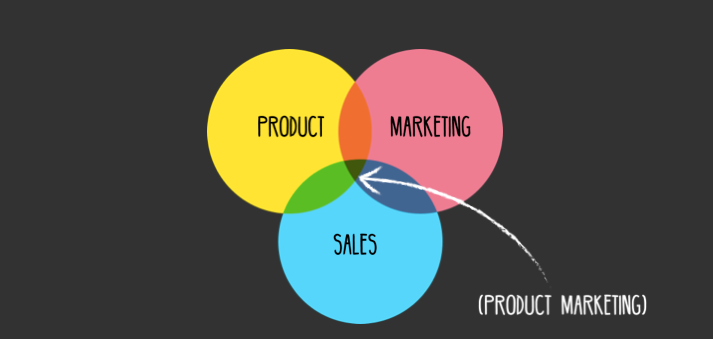With more than 5+ years of experience helping small to medium size companies improve their websites. I find some folks believe they understand SEO but don’t realistically know what their SEO staff can or should accomplish.
Because most of you are a small to medium size company and might only offer niche or highly specific products and services, you will NEVER see the kinds of traffic Amazon gets. Don’t let anyone tell you otherwise.
SEO is not hard–but you can’t rank well without consistent work.
Leaving a site untouched for months is a killer for rankings. SEO takes consistent effort from a staff member to update and review site weekly, year after year, to make sure it provides your visitors with a good experience.
Realistically, a new site or updated site, without using black hat tricks, can see a reasonable increase in the # of visitors in 6 months to a year, yet most likely it will take longer.
Lots of SEO firms insist you need to do a million adjustments to your site to rank well. Believe me I am here to tell you don’t do it. I have tried them all for clients looking to improve ranking–but what I have learned the really, really hard way— you can do all of these minor technical issues and spend lots of $$$$—— a not get results.
The reality is that most of these activities will increase your domain authority score and rankings only slightly.
It is not worth the money you will have to spend to fix everything on a site.
So don’t be fooled by anyone telling you need a full site analysis for $5,000- $10,000 and then more $$$ to fix the site. Today, after running SEO reports on 100’s of website, I can find out what is really wrong in about an hour or two. Costing you only couple hundred dollars.
Here are some SEO activities I found that will matter for rankings.
There are three main areas of focus to ensure success of your website and rankings: Technical, On Page and External Links
Technical:
Again, there is a long list of items you can worry about.
The one goal for the tech side is to make sure the site operates efficiently and is live 24/7.
First pick a good server host for your site. We have switched a lot of clients over to AWS (Amazon Web Services) because their site was down often due to their current provider or in-house server failing. AWS is reliable (rarely goes down), and can more secure compared some other options, without needing a expert on board.
The website must be secure–HTTPS–if not visitors could get the page of death.
This site is not secure we recommend not visiting.
There is no way anyone wants the IT department breathing down their necks because they visited an un-secure site.
All URL’s need to work–no 404 errors
Limit the amount of redirects, this helps improve website speed.
On Page: Content/Content
The main goal is to keep people on your site longer and not bounce.
Good content on each page is a must- No Fluff! You need to make regular updates by posting at least 2-3 items per month—blog posts, images, or updates to product/services sections.
Make sure all Page URLs and IMAGES include relevant descriptions. Good descriptions makes it easier for the search engines to know what the page is about.
For example: www.TTToys.com/kids/trucks/green/10dollars.
Regularly add good videos and other interesting graphics. No budget for these. Just use your phone camera/video.
External:
This is the hardest to do and takes a lot of effort— earning high quality backlinks.
You can realistically add least 6-9 really good links per month with effort every week. The links can be from a vendor site, high quality directory and publishers, Social Media (Facebook, LinkedIn, YouTube, Instagram, Twitter), influencer pages, trade shows you exhibit, and everywhere else on the worldwide web that make sense.
Again, please don’t be conned by SEO firms wanting big $$$ for fixes. The bottom line–offer a site that operates smoothly, with good content your current and potential client want and can be found on other credible websites.
Contact me to learn how I can help you with your SEO program: nanette@nsg.consulting

